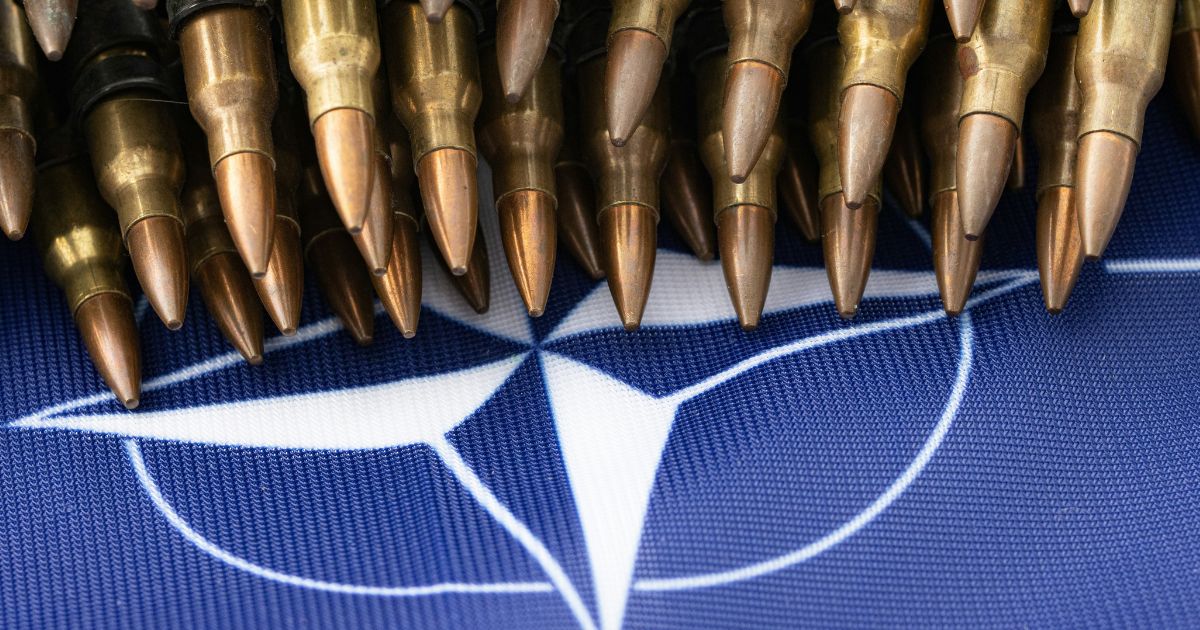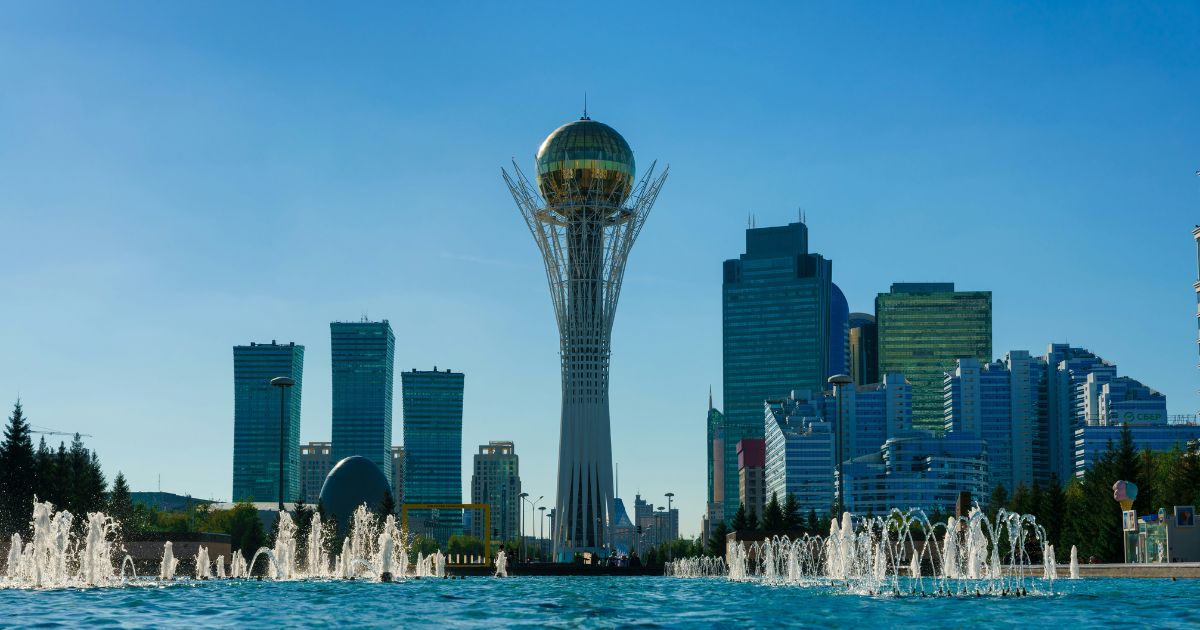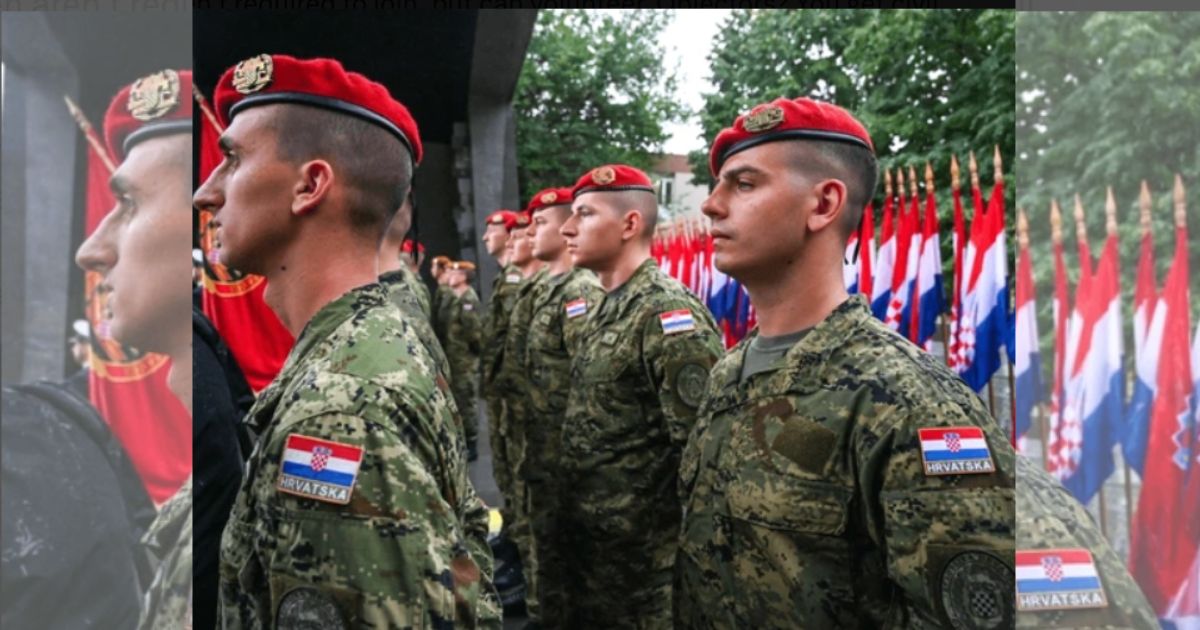NATO scrambled three Russian MiG-31 fighter aircraft that intruded into Estonia’s airspace over the Baltic Sea in a 12-minute trespass, terming it evidence of Moscow’s “reckless” behavior.
The EU’s foreign policy chief, Kaja Kallas, a former Estonian prime minister, blamed Moscow for an “extremely dangerous provocation” and added that the most recent Russian incursion into NATO’s eastern borders “further escalates tensions in the region”.
The European Commission president, Ursula von der Leyen, declared that Europe “stands with Estonia” and would “respond to every provocation with determination”.
“With threats increasing, so will our pressure,” she added, urging the 27 member states of the EU to quickly adopt the bloc’s 19th round of sanctions on Moscow.
Tensions have been building along NATO’s eastern frontier since Russian drones flew over Polish skies last week. A Nato official confirmed the most recent incident, stating it had “responded immediately and intercepted the Russian aircraft” and called it “yet another example of reckless Russian behaviour”.
Moscow denied encroaching on Estonian airspace late on Friday. Three MiG-31s were on a regular flight from east of Finland in Karelia to an airfield in the Kaliningrad region, a Russian enclave bordering Poland and Lithuania, the Russian defence ministry said.
The aircraft flew over neutral Baltic Sea waters at least 3km (1.8 miles) away from Estonian island Vaindloo, “without entering Estonian airspace”, it added.
The Estonian defence troops previously stated the MiG-31s were intercepted on Friday morning by Italian F-35 fighter aircraft stationed in Ämari in Estonia as part of the transatlantic defence group’s air policing mission above the Baltic Sea.
Russian warplanes flew into Estonian airspace off the coast of Vaindloo island in the Gulf of Finland, the Estonian Defence Forces reported. The aircraft had no flight plans, had their transponders switched off, and were not in touch with air traffic control, it reported.
Estonia’s foreign minister, Margus Tsahkna, said: “Russia has violated Estonia’s airspace four times this year already, which in itself is unacceptable. But today’s incursion … is unprecedentedly brazen.”.
“Russia’s more and more sweeping testing of limits and increasing assertiveness needs to be countered by an immediate increase in political and economic pressure.”
Tallinn summoned Russia’s chargé d’affaires to protest against the breach.
EU leaders will debate their “joint response” to Russia’s incursions in European airspace at a Copenhagen summit on 1 October, according to the European Council president, António Costa. “Today’s incursion into Estonian airspace by three Russian military aircraft is another unacceptable provocation,” he posted on X.
Estonia’s prime minister, Kristen Michal, announced on Friday evening that the country had asked NATO to initiate consultations under Article 4 of the alliance treaty, which says members will consult whenever the territory, political independence, or security of any one is threatened.
On X, he confirmed that three Russian MiG-31 fighter aircraft breached Estonian airspace and were met by Nato fighter planes, before they were “forced to leave”. “Such infringement is completely unacceptable,” Michal said.
A Nato official, Allison Hart, said that the North Atlantic Council will meet early next week to address the incident in more detail.
In the White House on Friday evening, Donald Trump informed journalists that he would be briefed imminently on Russia infringing on Estonia’s airspace and explained that he was not happy about it. “I don’t love it. I don’t like it when that happens. Could be big trouble,” he told them.
The president of Ukraine, Volodymyr Zelenskyy, previously termed Russia’s actions as “outrageous” when calling on allies to take “strong action” towards Moscow.
“These are not accidents,” he cautioned in a social media message, citing a litany of Russian incursions into European airspace of Poland, Romania, and Estonia and alleged meddling in electoral processes in Romania and Moldova.
“It needs a systemic response,” he added. “Drastic measures must be taken – collectively and individually by every country.”
Over 20 Russian drones crossed into Polish airspace on the night of 9-10 September, forcing Nato jets to shoot down some of them and western officials to declare Russia was probing the alliance’s will and preparedness.
The violation of Polish airspace was the most severe cross-border incursion into a Nato member state since Russia’s all-out invasion of Ukraine in 2022, though other allied countries have reported similar incidents.
Vaindloo Island lies 124 miles (200km) from Tallinn, the capital of Estonia. Encroachment by Russian aircraft is relatively frequent in the region, but not typically as prolonged as Friday’s, experts added.
This may be a Russian test of how NATO responds to such a provocation, but it may be only a coincidence,” said Jakub Godzimirski, a Russian security policy researcher at the Norwegian Institute of International Affairs.
“Anyway, this occurs in a certain context, keeping in mind what has just happened with the drone breach into Poland a few days ago.
Earlier on Friday, the head of the UK’s foreign intelligence agency MI6 stated that there was “absolutely no evidence” that Russian President Vladimir Putin was interested in negotiating peace in Ukraine and that the Russian president was “stringing us along”.
Putin “is trying to impose his imperial will by every means available to him. But he cannot succeed,” said Richard Moore. “He believed he was going to have an easy victory. But he and others underestimated the Ukrainians.”
Tallinn, a strong ally of Ukraine, reported in May that Moscow had briefly deployed a fighter jet into Nato airspace over the Baltic Sea in trying to intercept a Russian-bound oil tanker believed to be part of a “shadow fleet” in violation of western sanctions.




